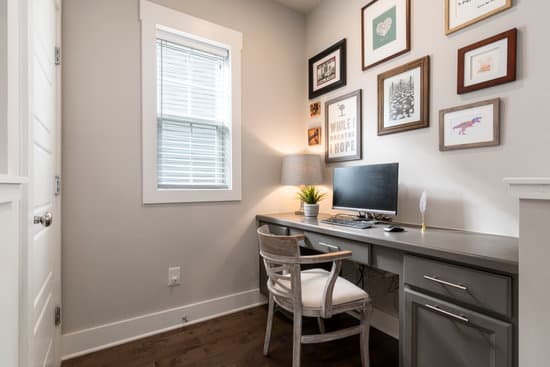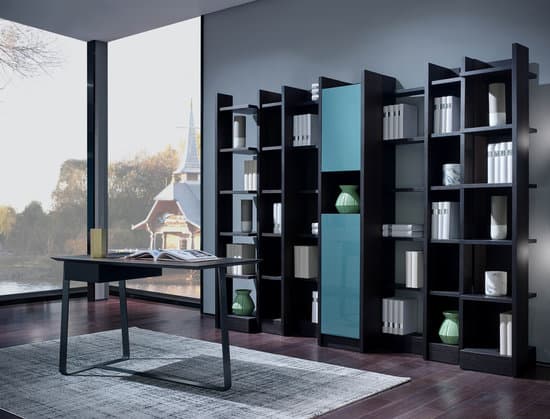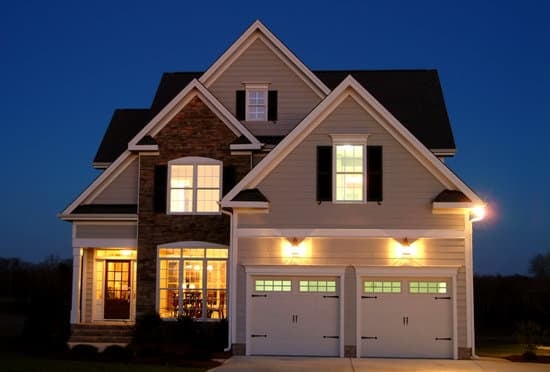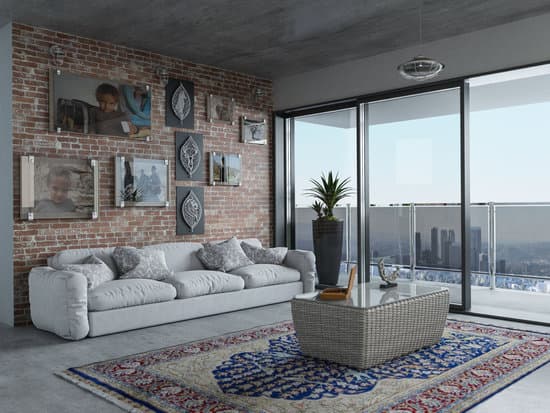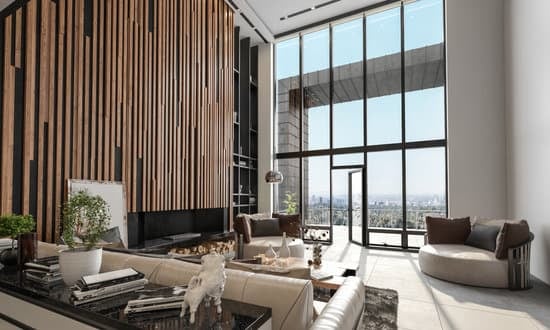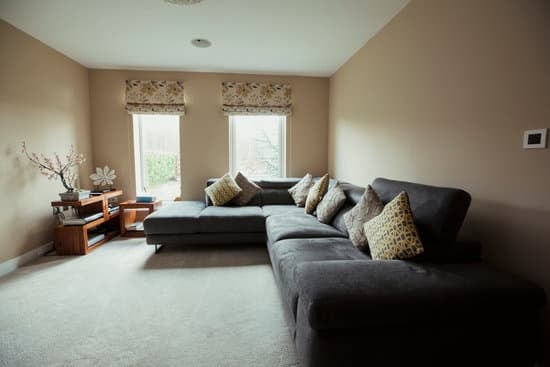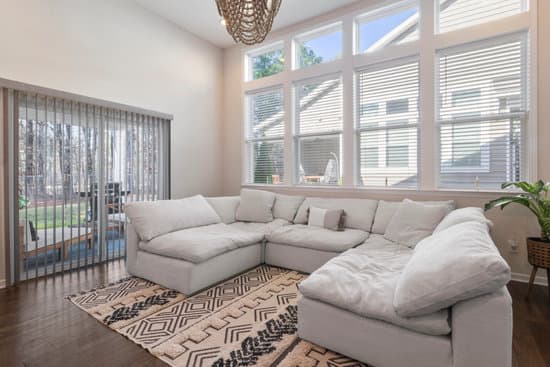Understanding Acoustics in Modular Homes
Understanding acoustics is essential for anyone who is building a new home, particularly in the case of modular homes. Acoustics deals with the mechanics of sound, including its generation, propagation, and reception. By understanding these concepts, homeowners can optimize an acoustic design for their modular home, creating a space with excellent sound quality, where noise is minimized and an ideal acoustic environment is established for every activity.Sound Quality: Modular Homes vs. Traditional Homes
When it comes to sound quality, modular homes typically outperform traditional homes. This is because noise is typically transferred through the ceiling and walls in traditional homes. In contrast, modular homes are composed of individual modules that are bolted together securely, providing an added layer of protection against noise entering the home. This means that soundwaves do not propagate through a modular home as they would in a traditional home.How Sound Propagates in Traditional vs. Modular Homes
In traditional homes, sound propagates through the building’s structure. Soundwaves pass through walls, ceilings, and even floors with ease, making it difficult to control noise levels. This is because traditional homes are constructed with solid layers of wood, metal, or brick, which do not effectively block the transmission of noise. In modular homes, on the other hand, individual modules are constructed in a factory with advanced building materials. By being constructed off-site, modules can be tested in a factory environment with expert acoustical engineers ensuring the quality of soundproofing measures.The Benefits of Floating Floors in Blocking Out Noise
One effective way to block out noise in traditional homes is through the use of floating floors. A floating floor is a soundproofing technique where a subfloor is installed over the existing floor, with a sound-deadening material between them. This technique offers a significant improvement in acoustics, as it separates the living area from the foundation of the home. In modular homes, because they often sit on concrete foundations, it may be necessary to install a floating floor to reduce noise levels. Some benefits of using a floating floor include:- Improved sound isolation and reduction in noise transmission
- Improved thermal insulation, which reduces heat transfer from the foundation
- Improved moisture resistance, which reduces dampness and mold growth







